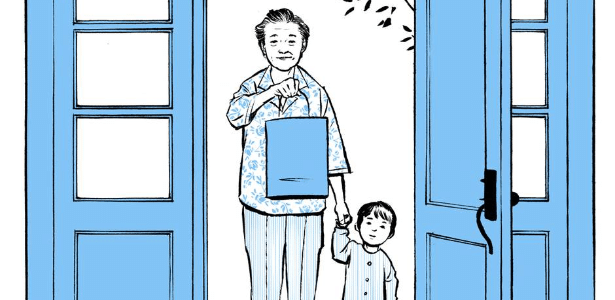By
The Southern Newsroom
| June 28, 2022
From 40 to 50 years, the disease is present in 0.05% of the population, and below 40 years, in only 0.005%.
Photo: reproduction
From 40 to 50 years, the disease is present in 0.05% of the population, and below 40 years, in only 0.005%. (Photo: Reproduction)
Parkinson’s usually affects people over 60, although it can also affect young people, like Canadian actor Michael J. Fox – Marty McFly from the ‘Back to the Future’ trilogy. He discovered he had the disease at age 30 and, like other young people diagnosed with Parkinson’s disease, is undergoing treatment to minimize the effects of the disease. In recent days, Brazilian journalist Renata Capucci, 49, revealed that she had had the disease since she was 45. Doctors are warning youngsters to pay attention to symptoms to uncover a possible diagnosis of the disease.
Data from the World Health Organization (WHO) shows that around 1% of the world’s population over the age of 65 has Parkinson’s disease. In Brazil, the estimate is around 200,000 people with the disease. In the United States, where data is available by age group, Parkinson’s disease affects up to 2% of people over the age of 70, but it becomes rare as age decreases. From 40 to 50 years, the disease is present in 0.05% of the population, and below 40 years, in only 0.005%. That means less than 16,000 people in a country of around 319 million people.
Renata Capucci also told how the moment of the diagnosis happened: “It fell like an anvil on the top of my head”. In a podcast, she confided that she was already facing the disease in a different way: “I went through all the phases, from depression, from denial. Now I’m at stage five where I look the disease in the face and say, ‘Mr. Parkinson, I got you, you don’t. […] I feel happy despite everything. I am not a latte for having Parkinson’s disease, I take all the subjects. I don’t feel diminished.”
Described by the English physician James Parkinson in 1817, Parkinson’s disease is due to a progressive degeneration of specific areas of the nervous system, the exact cause of which is still unknown. It occurs when nerve cells at the base of the brain that produce dopamine, a neurotransmitter, are slowly and gradually destroyed. With the loss of this group of cells, motor coordination is impaired.
Symptoms
Although the motor symptoms are the main characteristic of the disease and determine its diagnosis, the non-motor symptoms are very important because they have a great impact on the quality of life of the patient.
The motor symptoms are: tremors (which may be absent in 20% of cases); rigidity; slowness; gait and balance disorder; and diminished handwriting.
Non-motor symptoms are: depression, anxiety, mood disorders, apathy; psychosis; cognitive disorders; autonomic dysfunctions (postural hypotension, gastrointestinal symptoms, constipation, urinary problems, sexual dysfunction); and sleep disorders.
The diagnosis of the disease is made on the basis of the clinical history and the neurological examination of the patient. There is no specific test for its diagnosis or for its prevention.
Back All Health

“Pop culture fan. Coffee expert. Bacon nerd. Infuriatingly humble communicator. Friendly gamer.”







